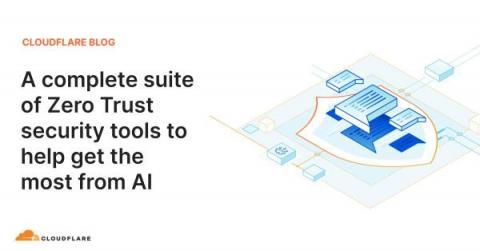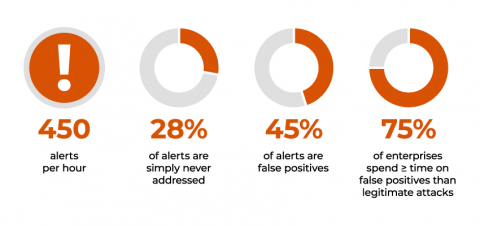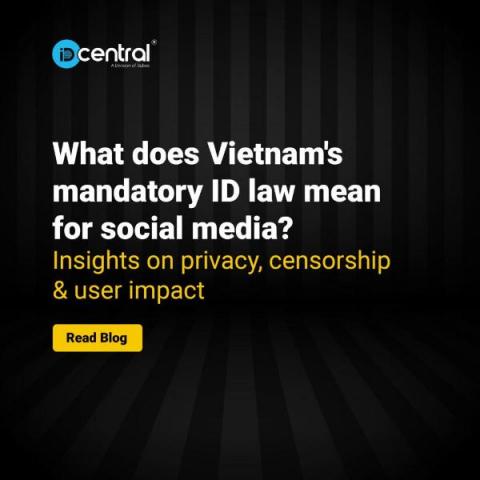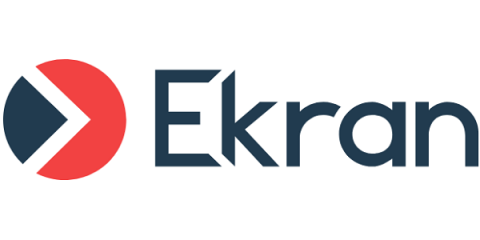What Is a USB Killer Attack
From the beginning of the computer revolution, there has been a smorgasbord of devices and peripherals, with some DOA and others innovative and groundbreaking. Thumb drives or USB Flash Drives were created in the early 80s, with the first commercially available drive holding 128MG. Cutting-edge USB drives of today hold 20Terabytes and up.










